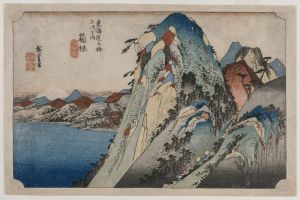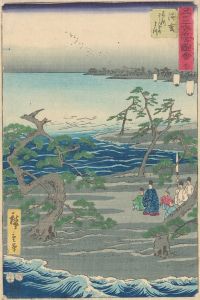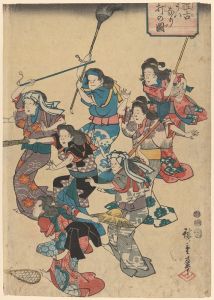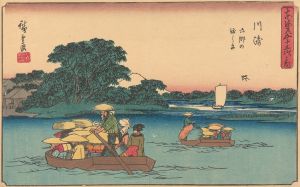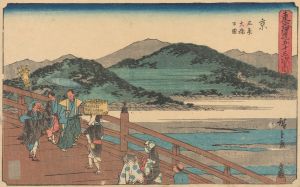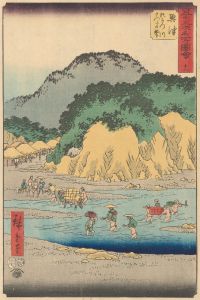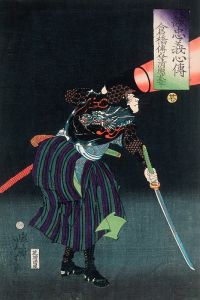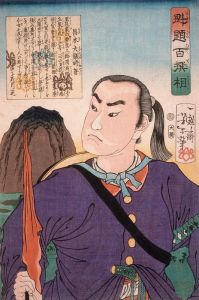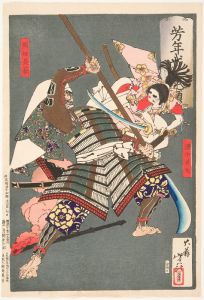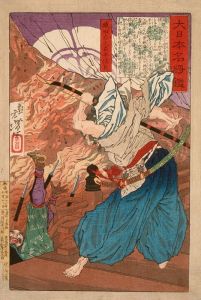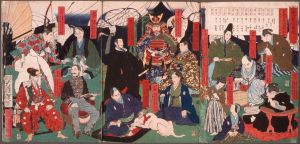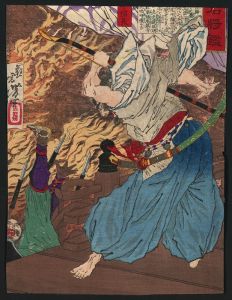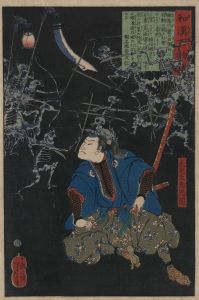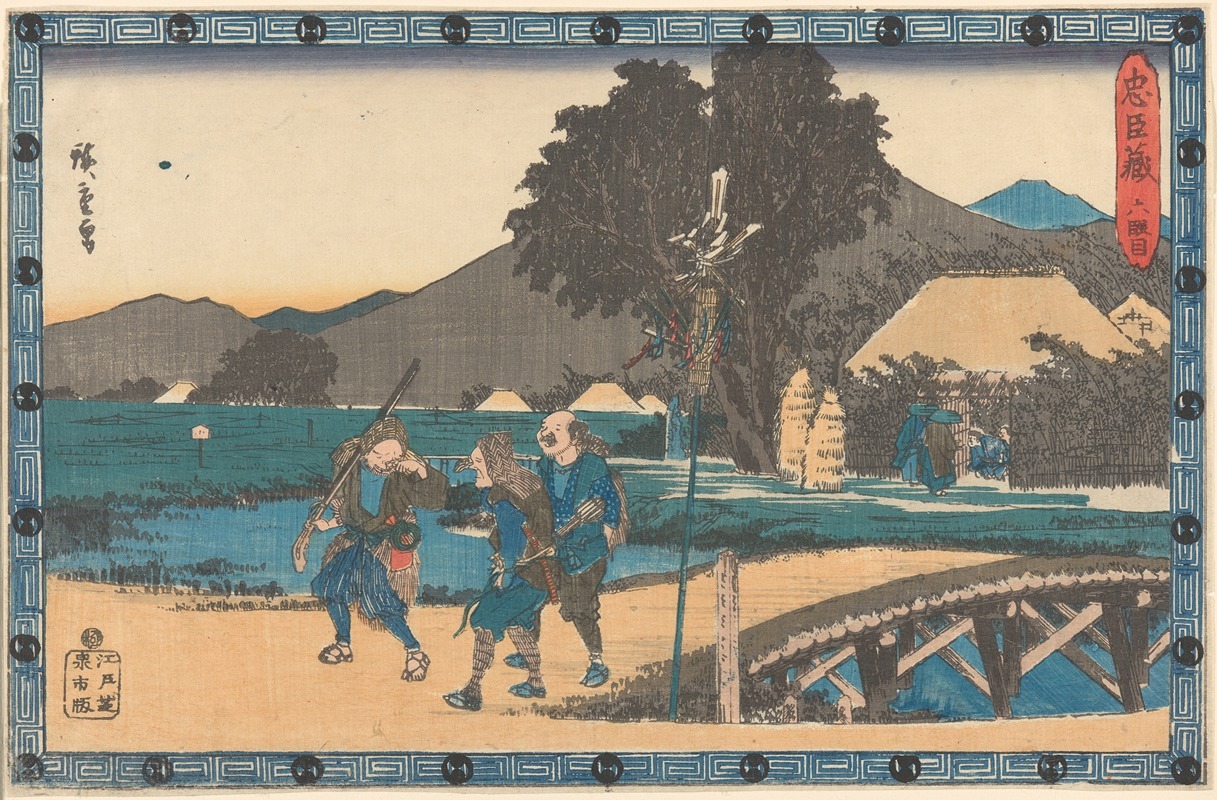
Three Ronin on Road
A hand-painted replica of Andō Hiroshige’s masterpiece Three Ronin on Road, meticulously crafted by professional artists to capture the true essence of the original. Each piece is created with museum-quality canvas and rare mineral pigments, carefully painted by experienced artists with delicate brushstrokes and rich, layered colors to perfectly recreate the texture of the original artwork. Unlike machine-printed reproductions, this hand-painted version brings the painting to life, infused with the artist’s emotions and skill in every stroke. Whether for personal collection or home decoration, it instantly elevates the artistic atmosphere of any space.
Andō Hiroshige, a renowned Japanese ukiyo-e artist of the Edo period, is celebrated for his landscape prints and depictions of everyday life in Japan. His works are characterized by their vibrant colors, dynamic compositions, and innovative use of perspective. While Hiroshige is best known for his series such as "The Fifty-three Stations of the Tōkaidō" and "One Hundred Famous Views of Edo," there is limited information available on a specific work titled "Three Ronin on Road."
The term "ronin" refers to samurai warriors in feudal Japan who had no lord or master, often depicted in Japanese art and literature as wandering figures. Ronin were typically portrayed as embodying the virtues of loyalty and honor, despite their masterless status. In the context of Hiroshige's work, the depiction of ronin would align with his interest in capturing the diverse aspects of Japanese society and culture.
Hiroshige's artistic style often involved the use of woodblock printing, a technique that allowed for the mass production of images and made art more accessible to the general public. His prints typically feature detailed and expressive lines, with a keen attention to the interplay of light and shadow. Hiroshige's landscapes, in particular, are noted for their ability to convey the beauty and tranquility of the natural world, often incorporating human figures to add a narrative element to the scene.
If "Three Ronin on Road" is indeed a work by Hiroshige, it would likely reflect his mastery of composition and his ability to capture the essence of a scene with minimal elements. The depiction of ronin on a road could suggest a journey or transition, themes that are prevalent in many of Hiroshige's works. Roads and pathways are common motifs in his prints, symbolizing movement and the passage of time.
Hiroshige's influence on art extends beyond Japan, as his works significantly impacted Western artists in the 19th century, particularly the Impressionists. His approach to composition and use of color inspired artists such as Vincent van Gogh and Claude Monet, who admired the simplicity and elegance of Japanese prints.
While specific details about "Three Ronin on Road" are scarce, understanding Hiroshige's broader body of work provides context for interpreting such a piece. His prints often serve as a window into the cultural and social dynamics of Edo-period Japan, offering insights into the lives of both ordinary people and historical figures like the ronin.
In summary, although there is limited information available on "Three Ronin on Road" by Andō Hiroshige, his legacy as a master of ukiyo-e and his influence on both Japanese and Western art remain undisputed. His works continue to be celebrated for their beauty, technical skill, and ability to capture the spirit of an era.





